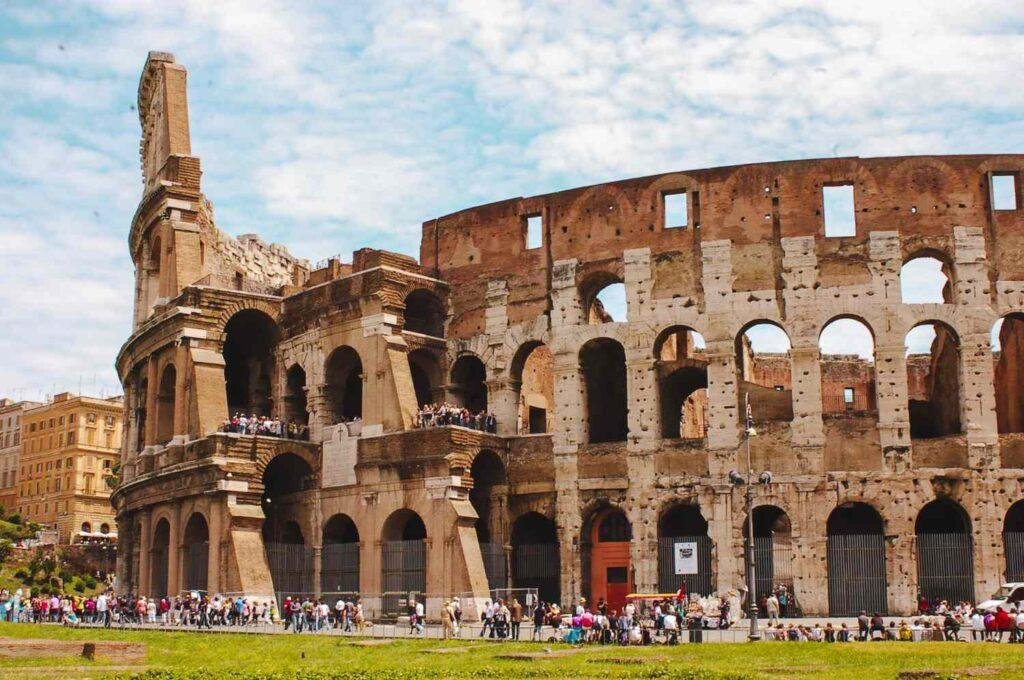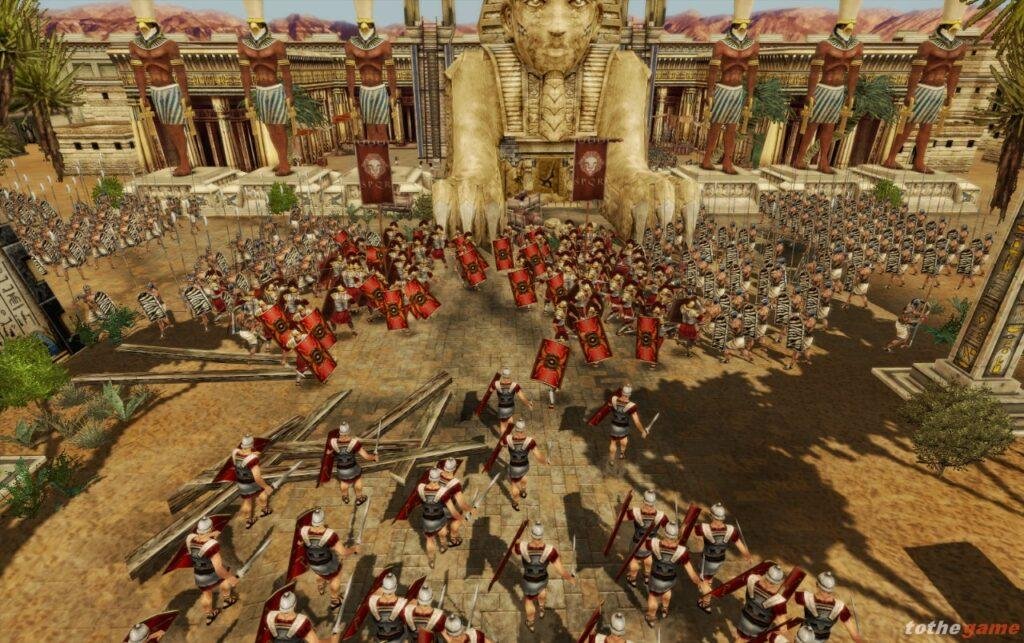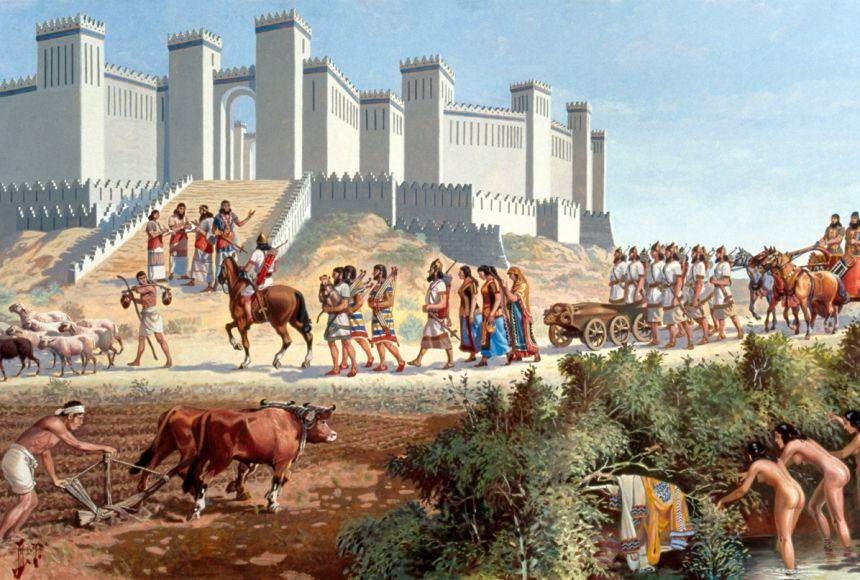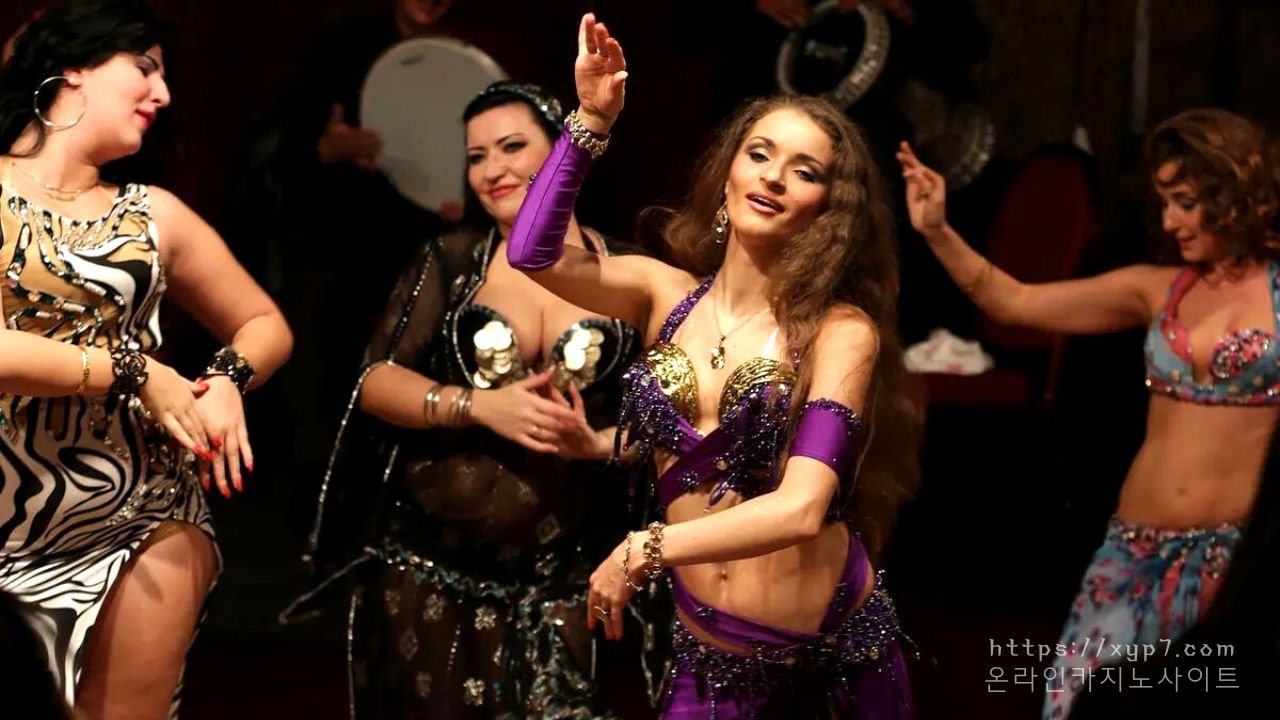Ancient history refers to the time period
Ancient history refers to the time period from the emergence of human civilizations to the fall of the Western Roman Empire in 476 AD.
The study of ancient history provides valuable insights into the foundations of human society, political systems, art, religion, and technological advancements.
This vast expanse of time covers various ancient civilizations that thrived across different regions of the world, leaving a profound impact on the course of human development.

One of the earliest civilizations to emerge was in Mesopotamia, located between the Tigris and Euphrates Rivers in modern-day Iraq.
The Sumerians built the world’s first known city-states around 4000 BC, introducing writing, the wheel, also complex irrigation systems. Their contributions laid the foundation for future civilizations in the region, including the Babylonians and Assyrians.
In Egypt, the ancient civilization along the Nile River began around 3000 BC. The Egyptians developed a unique writing system called hieroglyphics, constructed massive pyramids as tombs for pharaohs, also advanced in fields like medicine, mathematics, and architecture.
In the Indus Valley, the Harappan civilization thrived from about 2600 to 1900 BC. It features well-planned cities with sophisticated sewer systems also a script that has yet to be fully deciphered.
Meanwhile, in ancient China, the Shang Dynasty arose around 1600 BC. Developing writing on oracle bones, metalworking, and centralized government systems.
The Ancient Greeks left an indelible mark on history with their achievements in philosophy, literature, also art. From the 8th to the 6th century BC, they established city-states, like Athens and Sparta. They became centers of cultural and intellectual flourishing.
Rome rose to prominence in the 8th century BC, starting as a monarchy and later evolving into a republic. The Romans expanded their territory through conquests also assimilated various cultures, leading to a rich tapestry of traditions and beliefs.
By 27 BC, Rome transformed into an empire under Augustus. Marking the beginning of the Roman Empire, which endured for centuries.
It also reveals the struggles and achievements of these ancient civilizations, showing the complexities of human existence throughout the ages.
Today, archaeological discoveries and the decipherment of ancient texts continue to unveil new aspects of these ancient civilizations. Enabling us to better comprehend our shared human heritage and the factors that shaped the course of history.



